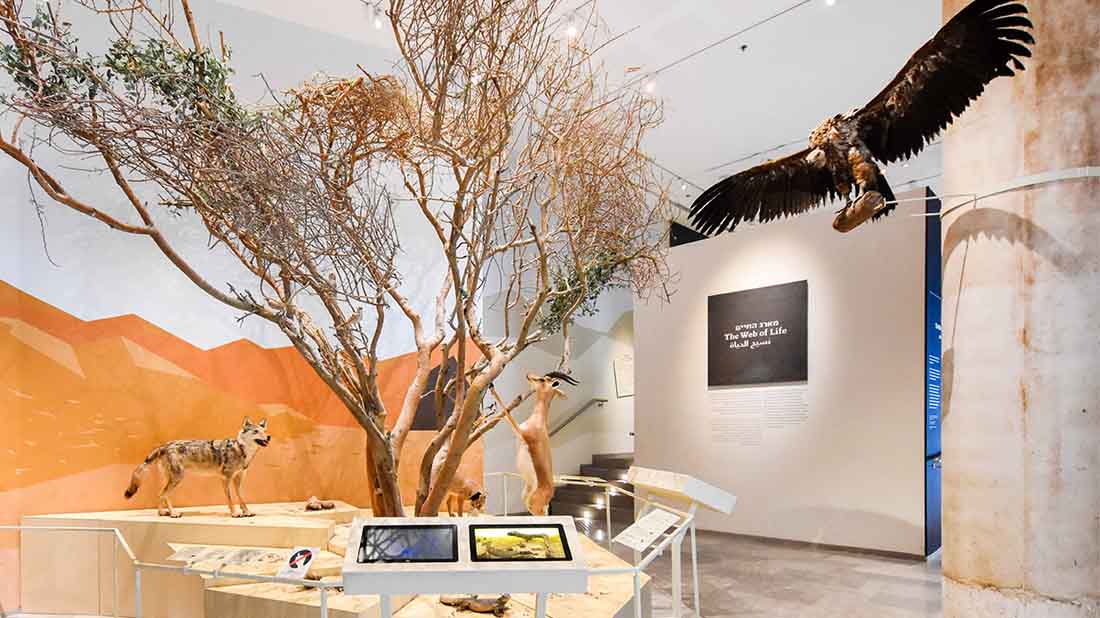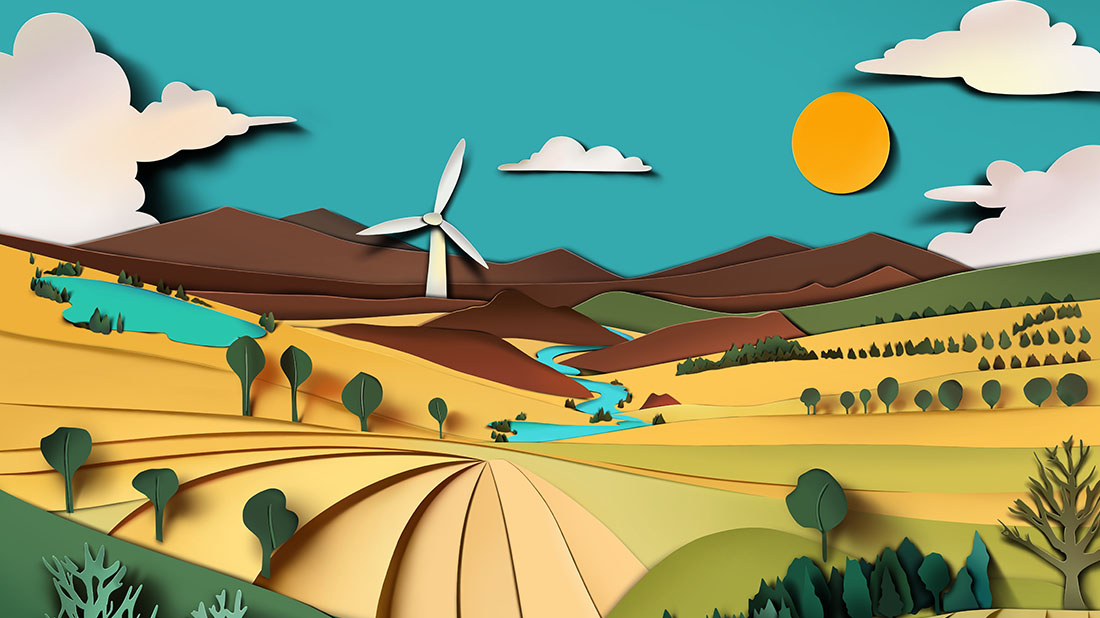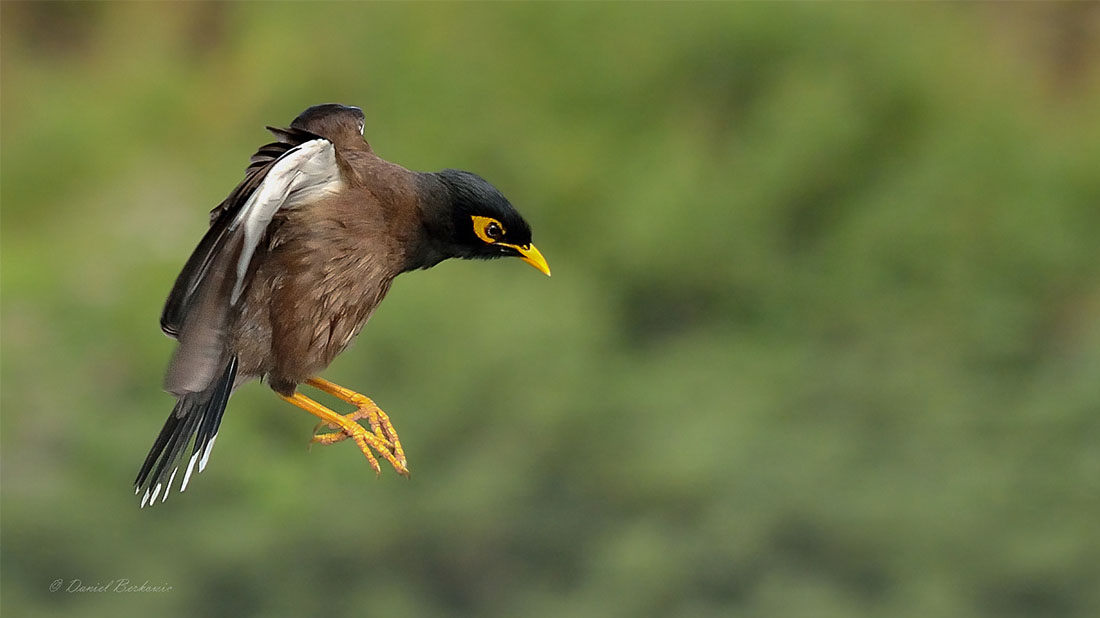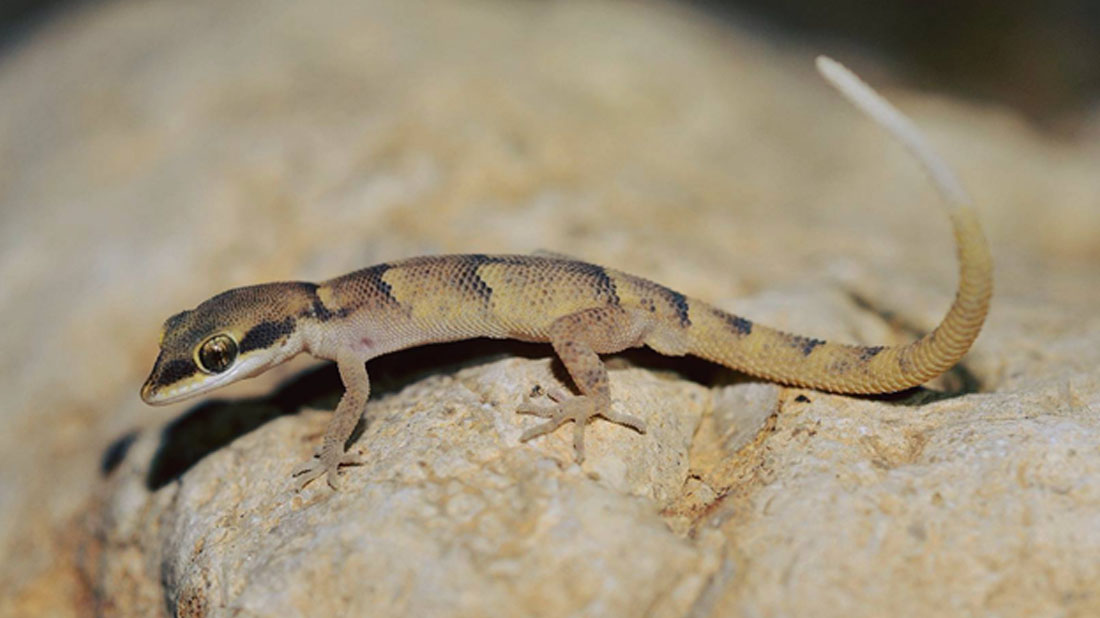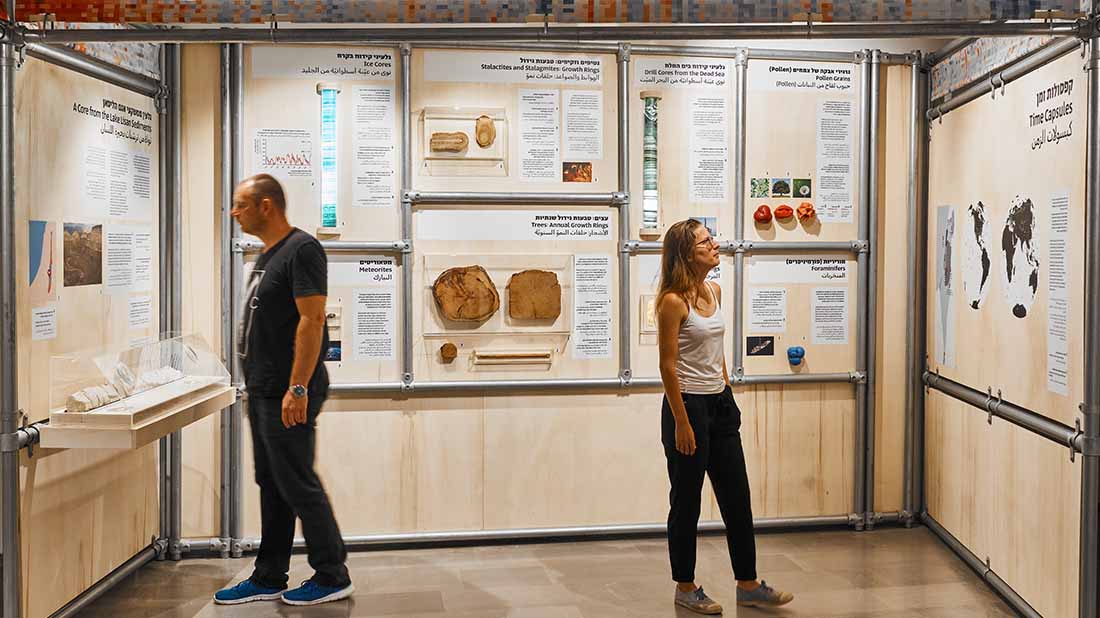At the end of the COP15 Summit that took place in December 2022, the nations’ delegates signed a historic agreement in which they commit to act to protect 30% of the world’s land and sea areas by 2030. This is a marked improvement on the current situation, in which only 17% of the land area and 10% of the sea area is classified “protected”.
The 2022 Biodiversity Summit
We all heard about the Climate Summit that took place at Sharm El-Sheikh in November 2022, but how many of us heard about the Biodiversity Crisis Summit that took place one month later in Canada? The lack of public and media interest in the Biodiversity Crisis Summit is particularly surprising when we consider the fact that many researchers consider the biodiversity crisis to be more harmful than the climate crisis.
The biodiversity issue is what drives our work at the Steinhardt Museum of Natural History—the National Center for Biodiversity Research—at Tel Aviv University. The museum’s researchers document and study biodiversity and work to instill a love of nature and knowledge about it in the wider community. From our intimate familiarity with the biodiversity issue, we understand the severity of the biodiversity crisis and are concerned about its future impacts.
About the Summit
COP15, the United Nations summit of nations on the biodiversity crisis, opened in Montreal, Canada, on 7.12.22 and ended on 19.12.22. Delegates from over 190 nations, including Israel, participated in the summit. The aim of the summit was to reach an agreement on the steps the world’s nations must take to reduce the severe, continuing impact on biodiversity throughout the world.
The vision that guided the nations’ delegates participating in the summit was: “By 2050, biodiversity will be valued, conserved, restored and wisely used, maintaining ecosystem services, sustaining a healthy plant and delivering benefits essential for all people”.
At the End of the Summit: A Historic Agreement for the Benefit of Nature and Humanity
At the end of the summit the nations’ representatives signed a historic agreement, in which they commit to act to protect 30% of the world’s continents and oceans by 2030. This is a marked improvement on the current situation, in which only 17% of the land area and 10% of the sea area is classified “protected”. As part of the agreement the signatories will have to raise at least USD200B annually to achieve this target.
The following targets were also agreed upon at the summit:
- By 2050, to reduce the rate of species extinction 10-fold.
- By 2030, to reduce the impact of pesticides and nutrient loss by at least 50%.
- By 2030, to reduce the risk of pollution to levels that do not harm biodiversity and ecosystem functions.
- To reduce the rate of invasion and establishment of invasive species by at least 50%.
According to Prof. Tamar Dayan, Chair of the Steinhart Museum, “The impact on biodiversity is the greatest risk to the future of humanity, and this challenge requires a complex and multisystem approach. At COP15 a big step was taken towards promoting solutions, particularly with respect to allocating conservation areas to protect biodiversity, and providing a certain level of hope for the future of the ecosystems. The implementation will be the test”.
What Is Biodiversity?
Biodiversity is the diversity and variation among all organisms in nature, wherever they are—in the sea, on land or in the air. Biodiversity is expressed through the genetic variation among individuals of the same species, the diversity of species and the diversity of ecosystems—both natural ecosystems and ecosystems affected by human activity or managed by humans.
Biodiversity enables life on Earth. For example, trees release the oxygen that we breathe and convert the sun’s energy into energy stored in sugar molecules, and fungi and bacteria in the soil fertilize it and enable agricultural crops to thrive. Biodiversity even plays an important role in mitigating climate change.
Biodiversity Is Facing a Serious Crisis!
At the beginning of the third decade of the 21st century we find ourselves in the midst of the greatest crisis since the creation of life on Earth—the biodiversity crisis.
A United Nations report from 2019 determined that 25% of all plant and animal species are in danger of extinction. The report also stated that without taking steps for conservation, one million species are expected to go extinct in the next few decades. According to estimates, the current rate of species extinction has increased by tens- to hundreds-fold faster than in the past, resulting in a reduction in species diversity at a rate unprecedented in the history of life on Earth.
The biodiversity crisis is not just an environmental issue. Biodiversity has paramount importance for every aspect of our lives, including economy, defense, ethics and morals.
What Is Causing the Biodiversity Crisis?
Habitat destruction—the main cause of the biodiversity crisis is the destruction of the earth’s habitats due to human activity. We use the land for agriculture, mining and energy production, construction, building roads and more. The greatest impact is due to agriculture. Currently, the total farmed area exceeds 50 million km2, about 38% of the earth’s land area—all this was once natural lands!
Overexploitation of natural resources—overexploitation of natural resources for different uses, such as food, the illegal pet trade or industry, also impacts biodiversity. The problem is even more serious in marine ecosystems, which suffer from overfishing. From 1961 to 2017, global fish consumption grew by 3.1% annually, almost twice the rate of human population growth during that same period.
Climate change—global warming increases the frequency and severity of extreme weather events such as heatwaves, dust storms, droughts and floods. All of these have unprecedented impacts on the diversity of species, habitats and ecosystems.
Invasive species—the invasive species phenomenon is spreading throughout the world. Invasive species impact the ecosystems they reach in a number of ways: they compete with local species, often to the point of their extinction, transmit diseases, and more. In some cases, they may even alter the composition of the entire ecosystem.
Pollution—pollution is considered a main driver of change in freshwater ecosystems and in marine and terrestrial ecosystems, mainly resulting from over-fertilization to increase food production capabilities in agriculture. But there are many forms of pollution. In recent years, there has been a growing realization that even excessive light and sound are forms of pollution that impact both biodiversity and humans.


